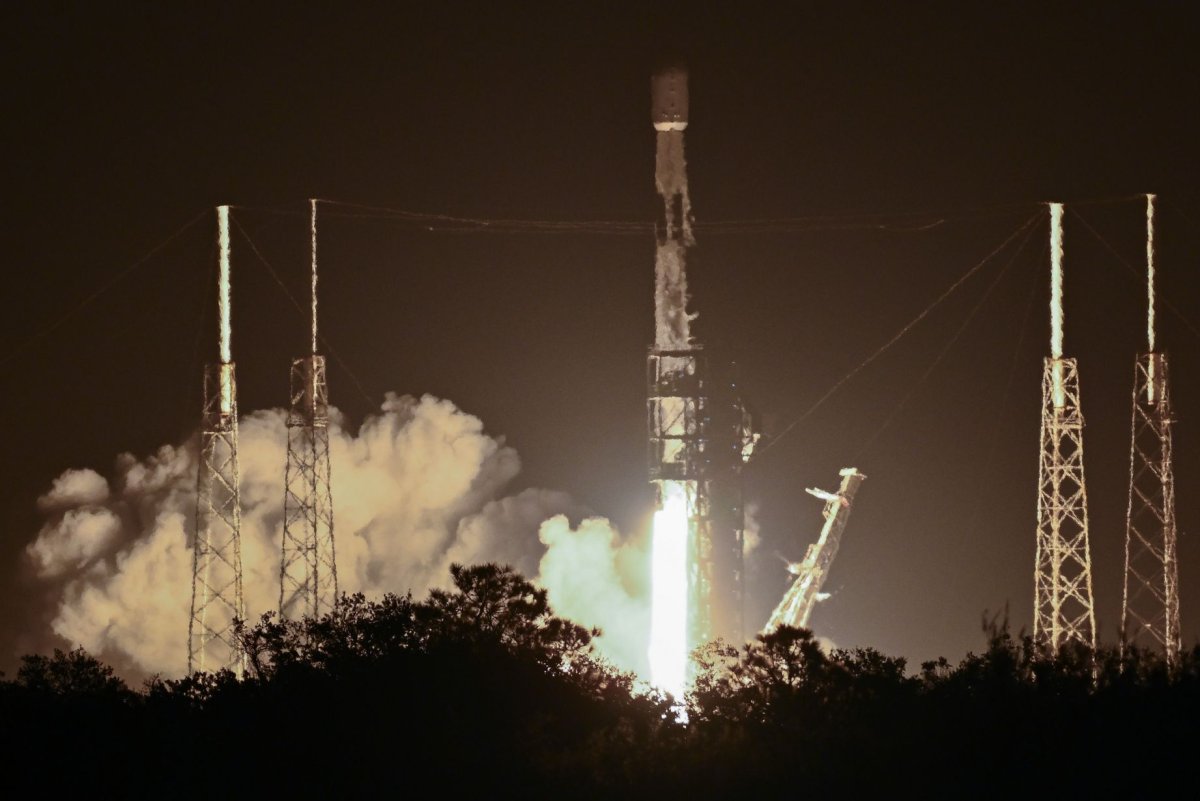
The satellites will be launched atop a Falcon 9 rocket from Kennedy Space Center in Florida. The launch window opens at 7:29 p.m. EST and ends at 11 p.m. EST.
If the mission proceeds nominally, the booster stage will separate from the rest of the vehicle shortly after launch and land on the drone ship A Shortfall of Gravitas in the Atlantic Ocean.
The booster that will carry the Starlink satellites into orbit previously launched 11 Starlink missions, as well as the Nilesat 301, OneWeb Launch 17, ARABSAT DADR-8, GPS II Space Vehicle 04, GPS II Space Vehicle 05 and Inspiration4 missions.
On Sunday, SpaceX launched 46 Starlink satellites into orbit via two separate launches from Florida’s Cape Canaveral Space Force Station and California’s Vandenberg Space Force Base.
On Thursday, SpaceX plans to launch a third test of its Starship rocket, aiming to try ascent burns on its first and second stages, open and close Starship payload doors, perform a propellant transfer demonstration during the upper stage’s coast phase and a re-light of a Raptor engine while in space.
It would also like to pull off a controlled re-entry of Starship and have it splash down in the Indian Ocean.
Starship, the largest vehicle ever built to be lifted to space, is part of NASA’s plan to return to the moon. Two previous tests resulted in disassembly.










